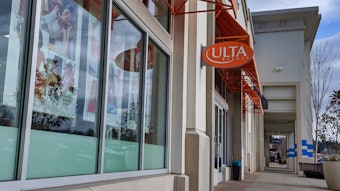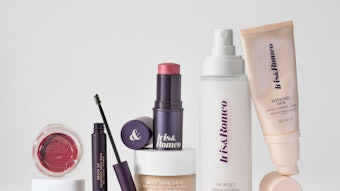Spa is a city in Belgium from which the modern meaning of the word originated. The Romans first discovered the benefits of the waters here and the name spa is said to come from the Latin words espa, meaning “fountain,” and spargere, “to bubble up.”
Today, spa no longer stands only for hydrotherapy or healing through water, but has become synonymous with wellness and relaxation. Even dental offices are being referred to as dental spas with the connotation that an aromatherapy candle and reflexology is offered while the dentist gets on with the painful work.
“The word spa takes some of the fear out of serious medical treatments, and hospitals are buying into this theme in a big way,” says Wendy Lewis, an independent beauty enhancement consultant. She observed that hospital-based spas and wellness centers are another trend that is increasing rapidly. Within the luxury- and business-oriented hotel industry, a spa facility on the premises has become a must if the property is to remain competitive.
This is good news for a beauty industry where spa has become a buzzword. “Most women hardly ever visit spas, but when they do, their primary purpose is to relax,” points out Anna Wang, researcher for Kline & Company. “Spa-type products attempt to bring a feeling of relaxation and pampering to consumers, not necessarily high performance.”
Day spas are getting in on the action with their own retail range of spa-inspired products. One of the best known is Bliss New York Spa, whose Blisslabs line has generated demand for at-home spa products. Several U.K. spas have also put their name to retail beauty care ranges, including Champneys, The Sanctuary and Nirvana. These aspirational products are in fact mass-market, selling through supermarkets and Alliance Boots, the leading U.K. pharmacy chain.
In the prestige beauty market, Caudalie, which opened its first Vinotherapie Spa in Bordeaux in 1999, is probably the best known spa brand. Caudalie skin care products were the first to use the vine-based technology that has since been adopted by other skin care brands. The secret is grape seeds, which are rich in polyphenols and said to be 10,000 times more powerful than vitamin E in combating free radicals.
In 2006, body care products were added to the Caudalie range, including an anticellulite product called Concentré Essential Minceur, inspired by the professional Vinotherapie spa treatments. The formulation is derived from 100% plant extracts, containing the active ingredients grape seed oil, geranium, and rosemary; toning essential oils of juniper berries; draining essential oils of lemon and lemongrass; and circulatory essential oil of cypress.
An interesting reverse development has been skin care brands opening their own versions of spas. Nivea Haus Hamburg offers consumers skin and hair treatments, hairstyling and makeovers using products from the extensive Nivea range. U.K. mass skin care brand Simple has recently opened its first Simple Spa in London’s Covent Garden. Instead of using and selling the retail range, a new premium range called Simple Therapy has been launched. These 26 luxurious beauty preparations based on a unique marine complex have been created specifically for the Simple Spa.
Moving into Retail
Beauty products that mimic office procedures such as facial peels and collagen fillers are parallel trends. “Many brands continue to launch products mimicking these procedures, from laser peels to lip plumpers,” says Wang. “This is a trend seen across all channels—mass, luxury, direct and specialty.”
According to Lewis, one growth area is for handheld devices and DIY treatment products that mimic the effects of clinical treatments. These were first seen in home microdermabrasion scrubs, devices and systems, and home peel kits. Now this trend has extended into teeth whitening programs, hair removal systems, photo-rejuvenation devices and topical products with filler and toxin-like results. All these products are available for use within the privacy of your own home. “It’s like an extension of home fitness equipment,” maintains Lewis. “You get a treadmill for your bedroom to bypass having to jog around the park or go to the gym.”
Although far from affecting the numbers of clinical procedures, nonsurgical minimally invasive treatments are skyrocketing. Lewis maintains the target markets are working moms and CEOs who haven’t got the time to pop into a clinic every few weeks or months.
“There is a whole segment of consumers that buy into the concept that they can prolong the knife or the needle by using bioactives in their skin care,” says Lewis. Home care products believed to help delay professional treatments or extend treatment benefits are affordable at all price points. Lancôme’s Resurface Peel System costs $145 for eight treatments, just a fraction of the price of professional peels that may cost that amount for one session. Other examples include Roc Renewex Microdermabrasion System and Neutrogena Advanced Solutions Microdermabrasion, both priced below $30, yet comparable to prestige versions at almost three times the price.
The spa trend is one that is set to run and run, given the consumer’s interest in products that promote relaxation and well-being, as well as mimic prohibitively expensive cosmetic procedures. Euromonitor predicts future growth in retail spa products coming from previously exclusive salon treatments, with firming/anticellulite body care extending into at-home body wraps to help consumers look slimmer. Another new sector expected to benefit from the spa trend is sun care, with new product development coming from the professional salon sector.










